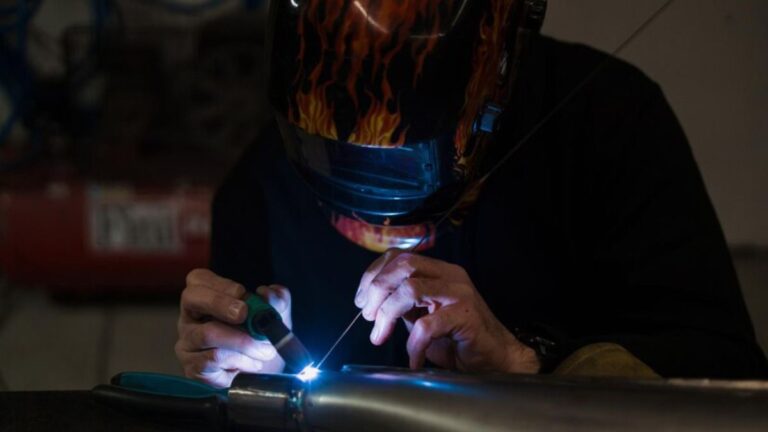TIG welding is a flexible and accurate welding technique, commonly called Gas Tungsten Arc Welding (GTAW). Unlike other types, such as MIG or stick welding, TIG allows for excellent control over the process, making it ideal for tasks that require high-quality finishes. Its precision enables the joining of various metals, including stainless steel, magnesium, and aluminum.
The primary industries utilizing TIG welding include aerospace, automotive, and even art installations, where its ability to produce a clean, strong weld is indispensable. Unmatched control is provided by TIG welding, which enables accurate adjustment of heat and speed, lowers mistakes and rework, and ultimately saves money and time. Its clean operation, which doesn’t rely on flux, also makes it a preferred choice for projects where aesthetics are critical, such as in architectural and decorative applications. The tools and resources available from CK Worldwide equip welders with the capabilities to deliver unparalleled results, whether in high-pressure environments or creative metalwork projects.
Essential Tools for Mastering TIG Welding
To perform TIG welding proficiently, one must possess a fundamental set of tools. The TIG torch at the core holds the tungsten electrode – a critical arc-creation component. Selecting the appropriate torch type, whether air or water-cooled, depends on the nature and duration of the welding task at hand. Essential to this setup is the power supply, which should provide adequate amperage for the range of metals being welded.
Safety gear is non-negotiable in welding. Helmets equipped with auto-darkening lenses ensure welders can see clearly without frequently adjusting the helmet, while high-quality gloves protect the hands from heat and sparks. However, beyond the basics, accessories like foot pedals can significantly augment a welder’s ability to fine-tune heat output in real-time, enhancing precision and outcomes.
An often overlooked but vital component is gas flow equipment. Proper regulation of inert gases, typically argon or a mix containing helium, prevents contamination and promotes stable arcs. This additional gear ensures that the welder maintains the purity of the weld, which is essential in projects demanding high strength and integrity.
Critical Techniques for Picture-Perfect Welds
Mastering TIG welding techniques requires understanding essential practices that lead to flawless outcomes. One of the most critical aspects is hand and torch positioning. Maintaining a consistent 15-degree angle between the torch and the workpiece facilitates easier control of the weld puddle and heat distribution, which is crucial for creating smooth, even beads.
TIG welding is a unique process emphasizing heat control through a foot pedal or fingertip controller. This feature allows welders to dynamically adjust amperage, preventing overheating of thin materials or increasing penetration on thicker sections. Maintaining a steady speed and consistent electrode angle ensures uniformity in bead formation. Practicing techniques like weaving and stringer beads offers versatility in approach.

